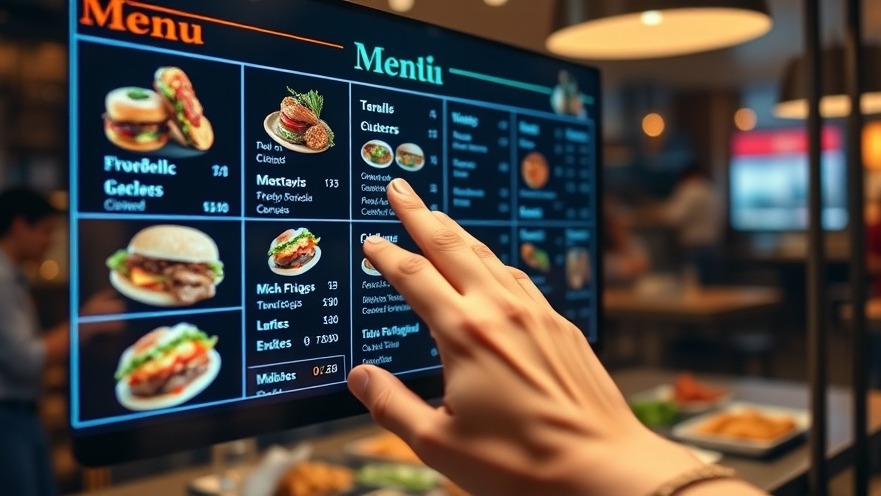
Understanding the Need for Automated Menu Management
In today’s fast-paced restaurant industry, operational efficiency is more crucial than ever. A leading sit-down restaurant chain realized that their reliance on manual, spreadsheet-based menu management was holding them back. Slow updates, pricing errors, and fragmented data were just a few of the hurdles they faced with their traditional methods.
The shifting preferences of consumers meant that timely updates and adaptations in menu offerings were necessary for remaining relevant. However, without a structured and efficient process, they struggled to maintain agility in responding to market fluctuations. The result was not only lost sales opportunities but also a lack of insight into how different menu items were performing across their numerous locations.
Transforming Menus with Wavicle's Automated Portal
In search of solutions, they partnered with Wavicle Data Solutions to develop a comprehensive menu item management (MIM) portal. This automated platform revolutionized their menu management process by streamlining item creation and integrating more effectively with their existing Point of Sale (POS) systems.
Now, menu teams could create standardized menu items with just a few clicks, reducing the manual entry that previously led to errors and data inconsistencies. The speed of updates improved significantly, offering restaurant managers the ability to adjust prices and promotions dynamically, depending on market conditions.
Identifying Pain Points Through Collaboration
The journey began with user-centric design workshops that engaged internal stakeholders. By outlining pain points together, the team at Wavicle systematically mapped out workflows and created wireframes tailored to the specific needs of the restaurant. With a solid foundation built through collaboration, the new portal could seamlessly offer enhanced functionalities that the previous system lacked.
Enhancing Data Accuracy and Visibility
One of the most significant improvements the MIM portal brings to the restaurant chain is the increase in data accuracy. The new system eliminates the clutter of multiple item versions by allowing the menu management team to create a single, clear menu item linked with all relevant attributes such as allergens and calorie counts. This data centralization not only aids in compliance with dietary regulations but also enhances promotional strategies by allowing detailed analysis of bundled meal performance.
The Edge of Agility in Menu Management
This migration from a manual to an automated system has empowered the restaurant chain to engage more dynamically with its customer base. Faster turnaround times for menu changes mean that trendy items can quickly be added and underperforming items swiftly removed, keeping the menu fresh and appealing. Moreover, with real-time insights and analytics, decisions become data-driven rather than guesswork.
Future-Proofing with Technology
The transition to an automated menu management process does more than just fix current inefficiencies; it sets the stage for future growth. By maintaining brand consistency across locations, franchises can focus on enhancing franchisee performance regardless of geographical challenges. With standardized practices, restaurants can expect fewer discrepancies in customer experience, reinforcing the brand’s market identity.
Conclusion: A Call to Action for Franchisors
As competition heats up in the food industry, it’s important for franchise owners to leverage the latest technological advancements to improve operational efficiency. Embedding an automated menu management solution like Wavicle’s can dramatically simplify your workflow, giving you the competitive edge you need to thrive. Invest in your restaurant’s future by considering how automation can transform your operations today. Don't let inefficiencies drain your potential. Embrace innovation and watch your franchise grow!
 Add Row
Add Row  Add
Add 




Write A Comment